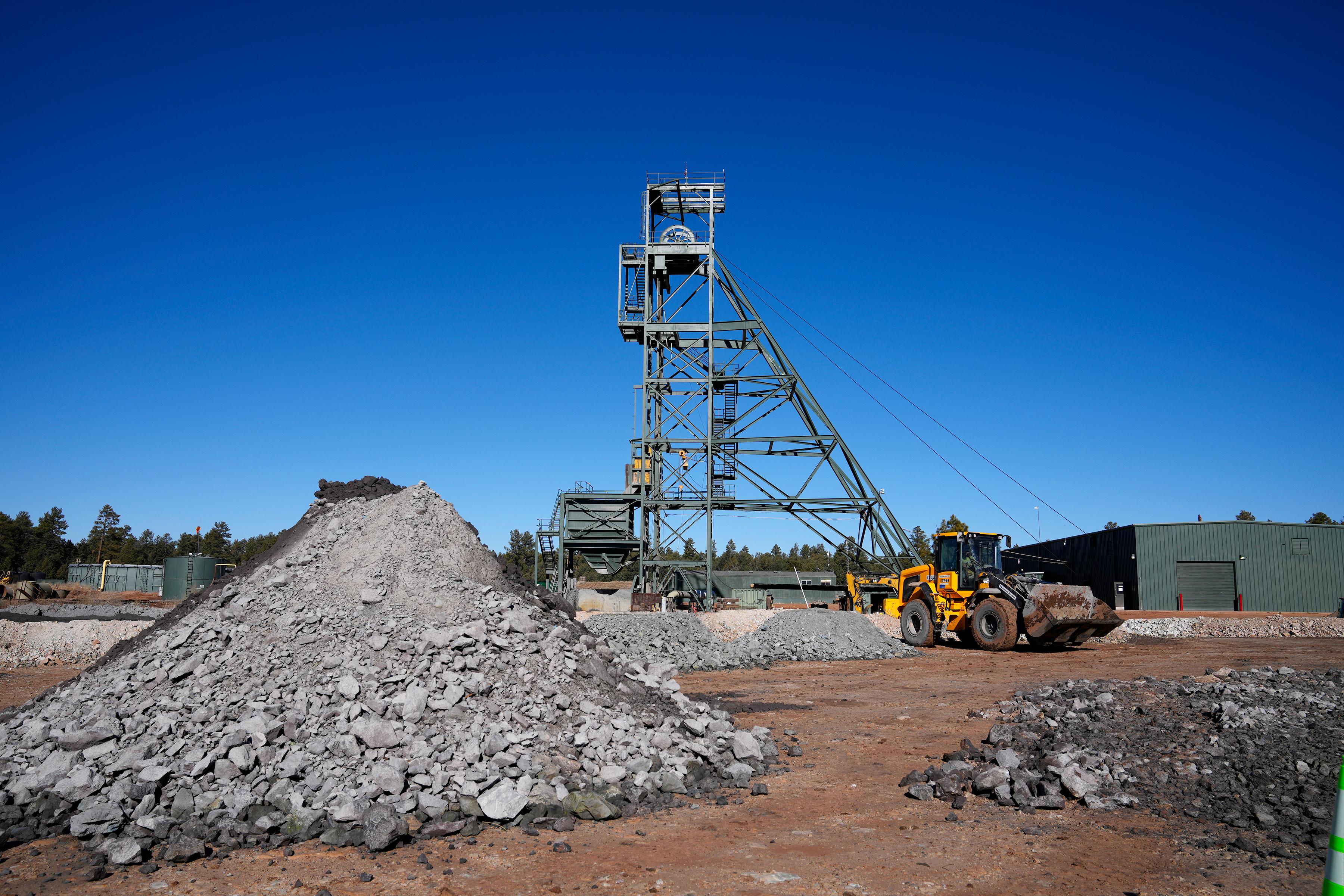
Daylight Saving Time ended in the wee hours, Sunday morning. It’s quite the adjustment for those who live in places where it’s observed.
Some celebrate the extra hour to sleep. Others struggle to adjust to the early sunsets. But people aren’t the only ones who can find the time change difficult. Apparently, deer are at more risk of being hit on the roads.
According to a study from the University of Washington, vehicle collisions with deer increase by 16 percent in the week following the autumn clock change. Even though the animals are equally active during sunrise and sunset hours, crashes involving deer are far more likely to occur at night.
The study blames drivers’ inability to spot the animals due to the darkness, which will now start arriving by 5 p.m., right in time for many people’s commutes. Deer behavior doesn’t help either.
“If the headlights are blasting in their eyes, they do lose a little bit of sense of their sight, and then also they freeze out of a sense of fear or because they view it as a potential threat,” said Bridget O’Rourke, spokesperson for the Colorado Parks & Wildlife. “So just know that if you see bright eyes along the roadways that it probably is a deer.”
Colorado tallied 54,189 crashes involving wild animals from 2010 to 2024, with its one-year peak reaching 4,157 collisions in 2018. The state logged 3,673 animal-vehicle crashes last year.
Deer — mostly mule deer and some whitetail deer — were involved in 83 percent of the state’s wild animal crashes – the most of any wild animal type. Elk was a distant second with 10.84 percent. Smaller roadkill, like rabbits and raccoons, don’t generally make it into the data.
“You're talking at least 5,000 (wildlife collisions) and most of those are deer," said Chuck Attardo, environmental manager for the Colorado Department of Transportation. “And, a lot of it occurs this time of year when the rut occurs, when they're out looking for mates.”
In addition to hunting for love, deer are also moving to lower elevations in search of food ahead of the cold and snow.
“Fall is a particularly sensitive time for deer because this is when they're on the move to those winter ranges, and that's why we see them more along the roadways because they're traveling, just like humans, through their migration corridors,” said O’Rourke.
La Plata County, where there are huge migration patterns, accounted for the most wild animal collisions over the past 14 years, with 3,785 crashes. El Paso County saw the most injuries at 403. Pueblo County experienced the most human fatalities, with five.
Attardo said most large animal collisions on the Front Range occur on US-24 and I-25, particularly in the Black Forest area.
“If you're on I-25 between the Air Force Academy and Monument, you need to be on the lookout, especially if you're traveling between that dusk to dawn period,” Attardo said. “US-24 is another one in the South Nevada (Ave) area, like south of the Springs all the way down to Penrose.”
According to CDOT, wildlife collisions have cost Colorado drivers $80 million in injuries, fatalities, and property damage. Drivers are advised to go slower and stay alert when wild animals could be in the area.
Over the last five years, Colorado has made efforts to address wild animal collisions. Governor Jared Polis issued an executive order to build more wildlife mitigation systems on roads in the state.
One of the biggest wildlife mitigation systems is part of the I-25 South Gap project between Monument and Castle Rock. The 18-mile stretch of four-lane highway includes four wildlife crossings and 28 miles of deer fencing. As a result, wildlife collisions have been reduced by 91 percent in the area. And it could become even safer for wildlife in the future — construction is underway for a massive animal overpass to help deer and elk migrate through the valley.








